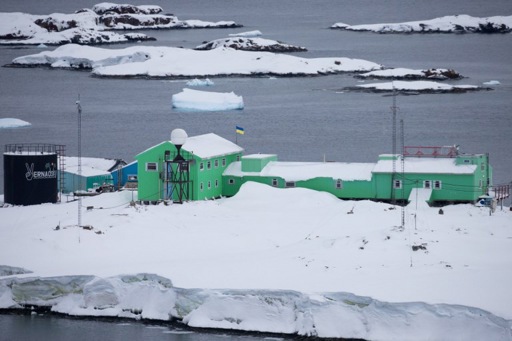Sea ice in the Antarctic was last month at its lowest level in 44 years for a month of July, the Copernicus climate change agency reports.
Sea ice is the portion of ice that floats on the sea. When it melts, it does not increase sea levels, but contributes indirectly to global warming because the uncovered ocean absorbs more heat in this way.
In a normal cycle, sea ice melts in summer and reforms in winter. In the long term, sea ice melts rapidly in Greenland and the Arctic, but the opposite happens in Antarctica, where sea ice gains mass slightly.
However, July 2022 was an exception. The sea ice in Antarctica covered only 15.3 million square kilometers, 1.1 million km2 less than the 1991-2020 average.
At the end of the summer, in February, the ice had actually shrunk to its lowest level ever, covering 30% less than the average.
One year ago, in July 2021, the sea ice in Antarctica had been above average.

